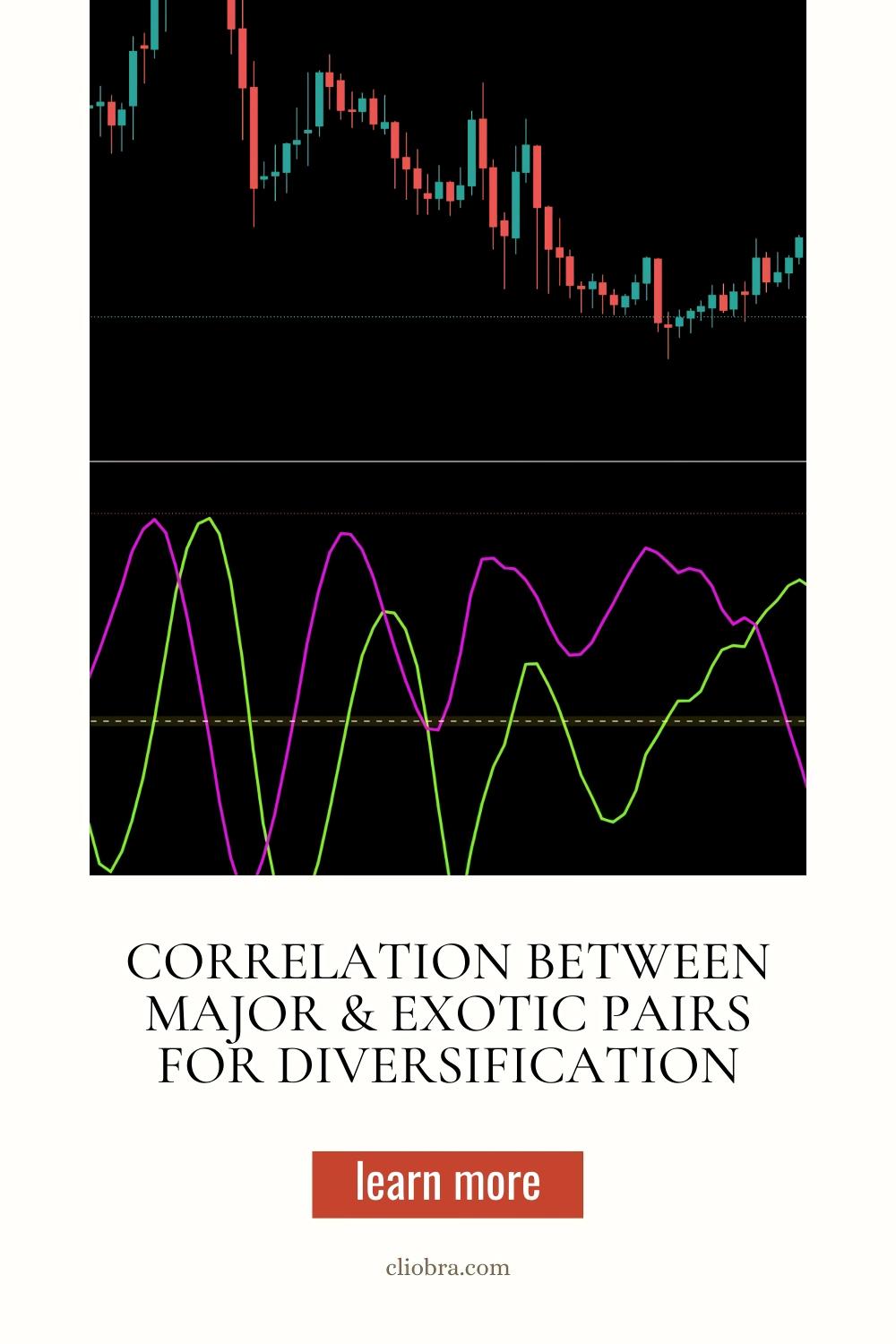Last Updated on March 25, 2025 by Arif Chowdhury
Ever wondered how to minimize risk while maximizing profits in Forex trading?
You’re not alone.
Many traders struggle with this balancing act.
Trading can feel like a rollercoaster, especially when you’re trying to make sense of market movements.
So, how can you smooth out those bumps?
Let’s dive into the world of currency correlation.
Understanding currency correlation is like having a secret weapon in your trading arsenal.
What is Currency Correlation?
Currency correlation measures how one currency pair moves in relation to another.
When pairs move together, they’re positively correlated.
When they move in opposite directions, they’re negatively correlated.
For example, if EUR/USD rises, and USD/CHF drops, those pairs are negatively correlated.
This can be a game changer for traders looking to diversify their portfolios.
Why Diversification Matters
Diversification is crucial for managing risk.
Here are some key benefits:
- Minimizes Losses: If one trade goes south, another might go north.
- Smoother Equity Curve: Less volatility means more consistent profits.
- Enhanced Profit Potential: More pairs mean more opportunities.
Statistically, a well-diversified portfolio can reduce risk by up to 30%.
That’s a number worth noting! 📊
How to Use Correlation for Better Trading
Step 1: Identify Correlated Pairs
Start by identifying pairs that show consistent correlation.
For example:
- Major Pairs: EUR/USD, GBP/USD, USD/JPY, USD/CHF
- Exotic Pairs: EUR/TRY, GBP/ZAR, USD/HUF
By focusing on pairs that are positively and negatively correlated, you can better manage your trades.
Step 2: Build Your Portfolio
Now, let’s talk about building your portfolio.
Aim for a mix of major and exotic pairs.
Here’s how you can structure it:
- Core Major Pairs: These are stable and offer liquidity.
- Exotic Pairs: These can offer higher volatility and potential for profit.
By combining these, you’re not putting all your eggs in one basket.
Step 3: Implement a Diversified Strategy
How do you implement this in trading?
- Allocate Capital Wisely: Spread your investment across different pairs.
- Use Different Trading Strategies: For example, trend following on major pairs and range trading on exotic pairs.
This multi-layered approach can significantly enhance your overall profitability while mitigating risk.
My Trading Bots: An Extra Layer of Security
As a seasoned Forex trader since 2015, I’ve developed a unique trading strategy that’s been proven to yield consistent results.
One of my key tools? My 16 trading bots.
These bots are strategically diversified across EUR/USD, GBP/USD, USD/CHF, and USD/JPY.
Each set of bots is designed to minimize correlated losses.
Here’s why they stand out:
- Long-Term Focus: They’re optimized to trade for 200-350 pips.
- Backtested: I’ve tested them over the past 20 years under various market conditions.
- Free Access: I’m offering my EA portfolio completely free! Check it out here.
Using these bots allows you to take advantage of the correlation between major and exotic pairs without the constant monitoring.
Step 4: Monitor and Adjust
Trading isn’t a set-it-and-forget-it game.
Regularly monitor your trades and adjust your strategy based on market conditions.
Use tools and analytics to track correlations and adjust your portfolio accordingly.
Best Practices for Forex Trading
- Stay Informed: Knowledge is power. Keep up with market news.
- Use Reliable Brokers: A good broker can make all the difference. I’ve tested and recommend the best. Check them out here.
- Practice Patience: Forex is a marathon, not a sprint.
Conclusion
Understanding currency correlation is key to diversifying your Forex trading portfolio.
By strategically mixing major and exotic pairs, you can minimize risk and enhance profitability.
And remember, utilizing advanced tools like my 16 trading bots can further streamline your trading process.
So, take charge of your trading journey and check out my free EA portfolio here.
Also, don’t forget to secure a reliable broker for your trading needs by exploring the best options here.
Happy trading! 🚀
